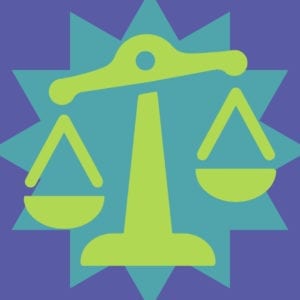Share This Article
 What is a Register?
What is a Register?
When you open a savings account or a checking account, one thing you’ll receive is a register. Your register helps you keep track of your money so that you know exactly how much you have.
How to use a Register
It is very important to keep track of your own transactions in your register, and then double-check your register with the statement the bank sends you every month. Write down the date and place of the transaction, then record the amount in either the Withdrawal (payment) or Deposit (credit) column. Finally, keep a running total of you balance in the final column. If you made a purchase, you’ll subtract the amount. If you made a deposit, you’ll add the amount.
Then, when you receive your statement, compare it to your register. Make sure all the checks and deposits that the bank shows are correct, confirm that you haven’t missed recording any of those same deposits, checks, or withdrawals in your register, and record any interest earned.
Why use a Register?
What’s the point of using a register if the bank is keeping track? Look at the dates in the register, and the dates on the statement on the back. Most of the money for the checks wasn’t withdrawn from the bank account until a day or more later, meaning it took them a couple of days to ‘clear the bank’. If you were letting the bank do all the work, you could end up spending money you don’t have by mistake.
Also, people make mistakes, and that includes people that work at banks. It is YOUR money so you should know what is happening with it at all times.
Practice
Ready for some practice? This worksheet contains a sample check register and bank statement. Try to balance the register to the bank statement and see if you can find any mistakes!


 What is a Register?
What is a Register?
